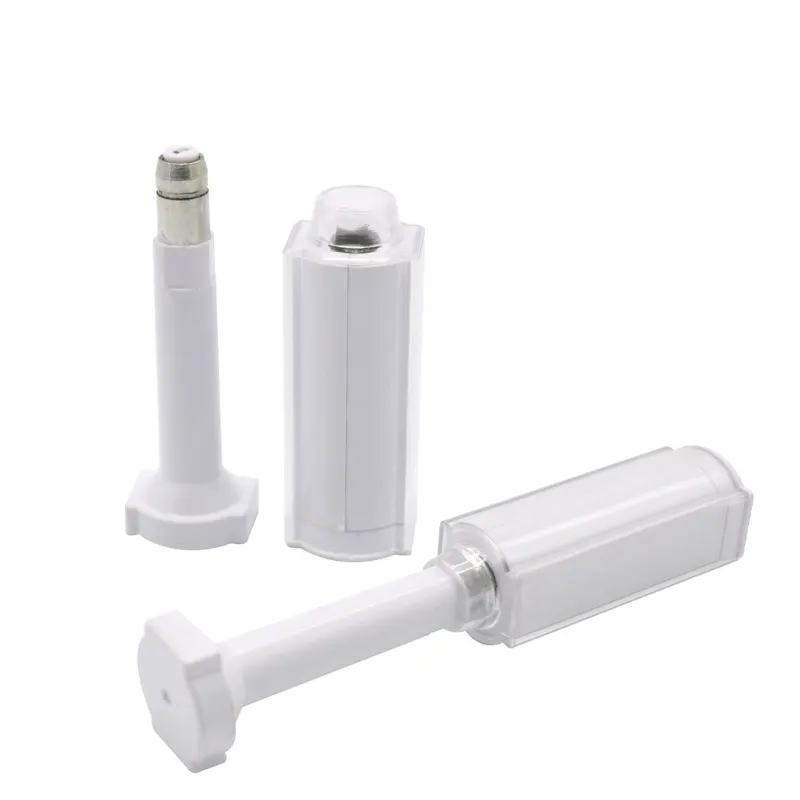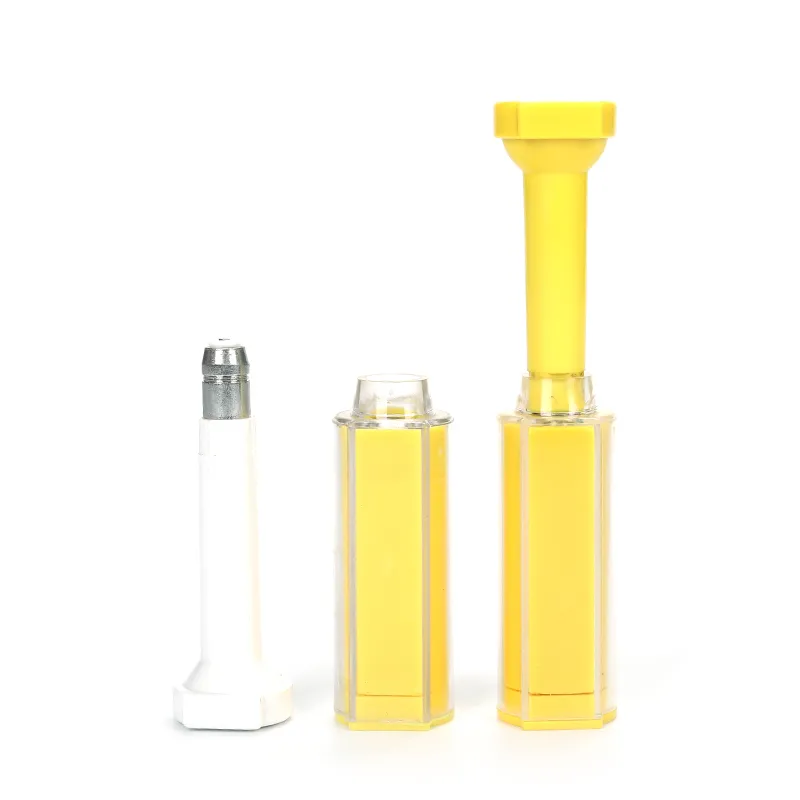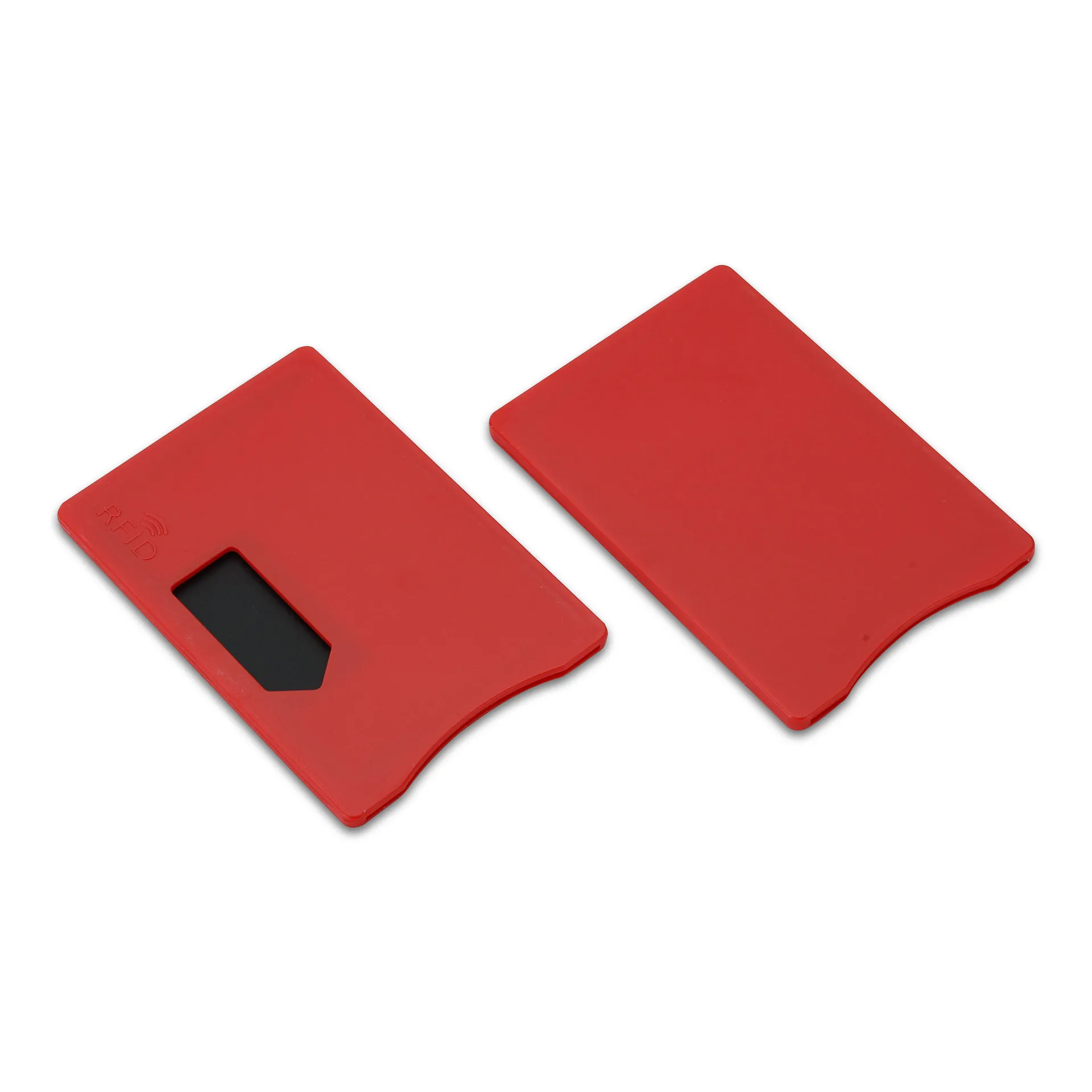
RFID in Retail Apparel: Enhancing Efficiency and Accuracy
Table of Contents
Overview of RFID in Retail Apparel
As retailers increasingly adopt RFID, they are seeing significant returns on investment, driven by better product availability and reduced operational costs. This article explores how RFID technology is reshaping the apparel retail landscape, highlighting key implementations and future growth potential.
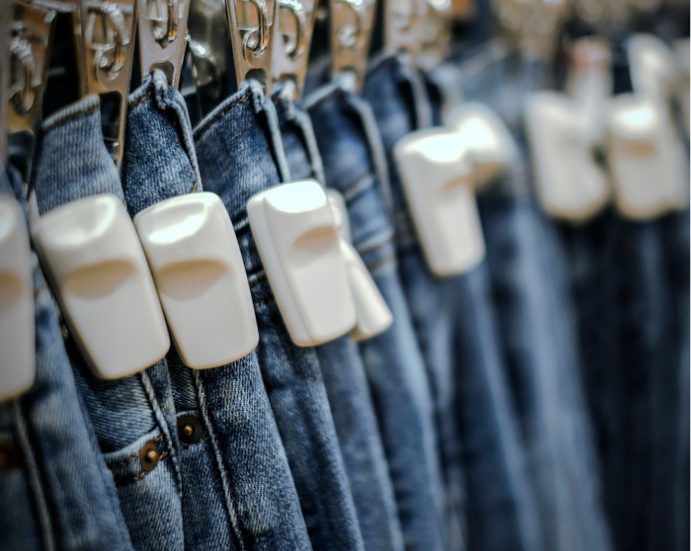
RFID Technology: Transforming Retail Efficiency
The Growing Adoption of RFID in Apparel Retail
RFID technology is gaining widespread acceptance across various retail segments, particularly in apparel. Retailers are integrating RFID into their operations to ensure that the right products are available on shelves in the correct sizes and colors. This not only enhances customer satisfaction but also optimizes inventory levels. Major players like Marks & Spencer, Decathlon, and Zara have already incorporated RFID into their supply chains, demonstrating its effectiveness in boosting sales and operational efficiency.
Benefits of RFID Over Traditional Systems
RFID offers several advantages over traditional barcode systems. Unlike barcodes, which require line-of-sight scanning, RFID tags can be read from a distance, enabling faster and more accurate inventory management. This technology also facilitates real-time tracking of goods throughout the supply chain, reducing the need for manual counting and minimizing errors.
Feature | Barcode Technology | RFID Technology |
Line of Sight Required | Yes | No |
Reading Distance | Limited (a few inches to a few feet) | Up to 100 meters |
Speed of Data Capture | Slower, requires individual scanning | Faster, can scan multiple items simultaneously |
Ruggedness | Susceptible to damage | More durable and resistant to harsh conditions |
Real-time Tracking | Limited | Available |
Cost | Lower | Higher, but decreasing with wider adoption |
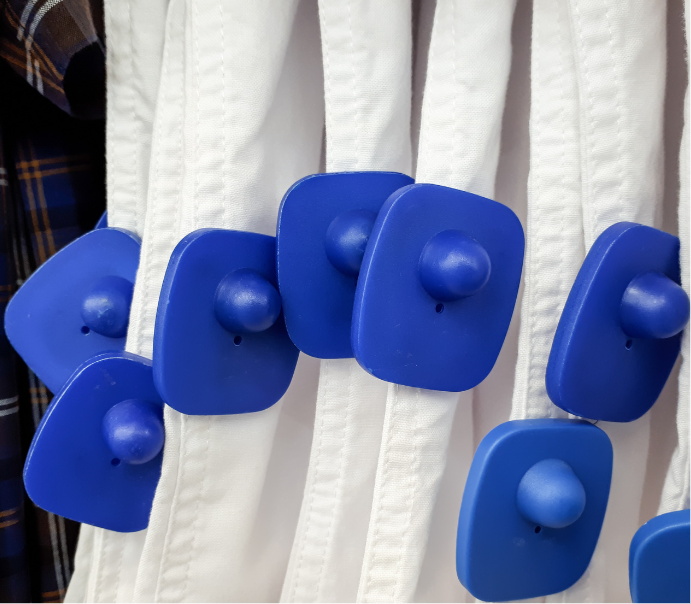
Major Retailers Implementing RFID
Leading retailers like Macy’s and Zara have successfully implemented RFID systems across their stores, improving inventory accuracy and enabling faster restocking. Macy’s, for example, has equipped all its stores with RFID to enhance inventory tracking, while Zara uses the technology to streamline its supply chain and ensure timely restocking of clothing racks.
In-Store RFID Applications
Enhancing Customer Experience
In-store, RFID technology allows retailers to offer personalized shopping experiences. By attaching RFID tags to clothing items, staff can quickly identify products on shelves and provide tailored assistance to customers. RFID can also help retailers prevent theft, as the technology enables real-time tracking of merchandise. Additionally, RFID can distinguish between original and counterfeit products, ensuring authenticity and quality for consumers.
Improving Inventory Management
RFID significantly reduces the time and effort required for inventory management. Retailers can quickly scan entire sections of their stores without the need for manual counting, leading to more accurate stock levels and fewer out-of-stock situations. This efficiency not only improves customer satisfaction but also reduces operational costs.
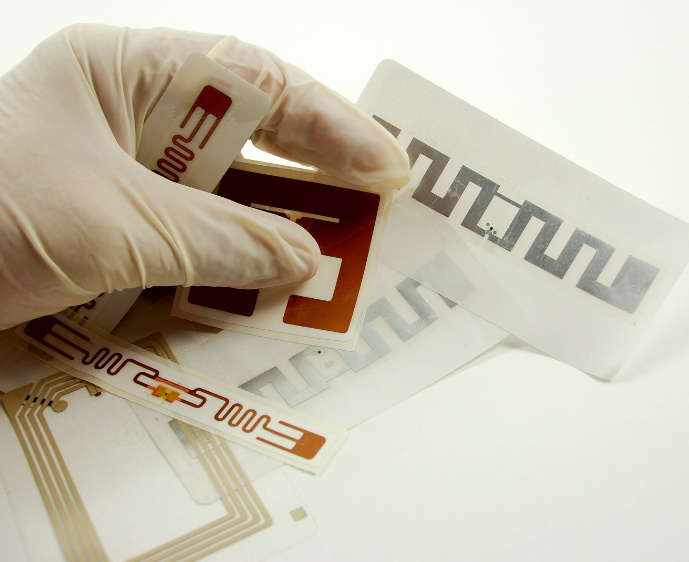
RFID in Supply Chain and Inventory Management
Streamlining the Supply Chain
RFID technology plays a critical role in optimizing supply chain operations. By providing real-time data on product movement, RFID enables more accurate and timely shipments, reducing errors and delays. This increased efficiency extends to asset tracking, where RFID helps manage equipment like roll cages and display racks.
Asset Tracking and Inventory Control
In addition to improving supply chain processes, RFID enhances asset tracking and inventory control. Retailers like Marks & Spencer are using RFID to track equipment and manage inventory more effectively. This technology allows for quicker stock-taking, reducing labor costs and increasing overall efficiency.
Future Growth Potential of RFID in Retail Apparel
Despite the rapid adoption of RFID in retail, there is still significant room for growth. As of 2016, only 4.6 billion clothing items carried RFID tags, representing less than 10% of the total apparel market. With the increasing demand for efficiency and cost savings, the potential for RFID in retail apparel is vast. As more retailers recognize the benefits of RFID, adoption is expected to accelerate, further transforming the industry.
Conclusion
RFID technology is proving to be a game-changer for the retail apparel industry. By improving inventory accuracy, enhancing supply chain efficiency, and offering personalized customer experiences, RFID provides a competitive edge for retailers. As the technology continues to evolve and costs decrease, its adoption will likely become even more widespread, unlocking new opportunities for growth and innovation in the retail sector.
Comments
Hot Products

What Is RFID Waste Management
Imagine a city where every trash bin speaks — not literally — but through a tiny chip that tells the system when it’s full, when it’s emptied, and where it went. That’s what RFID waste management is doing today.
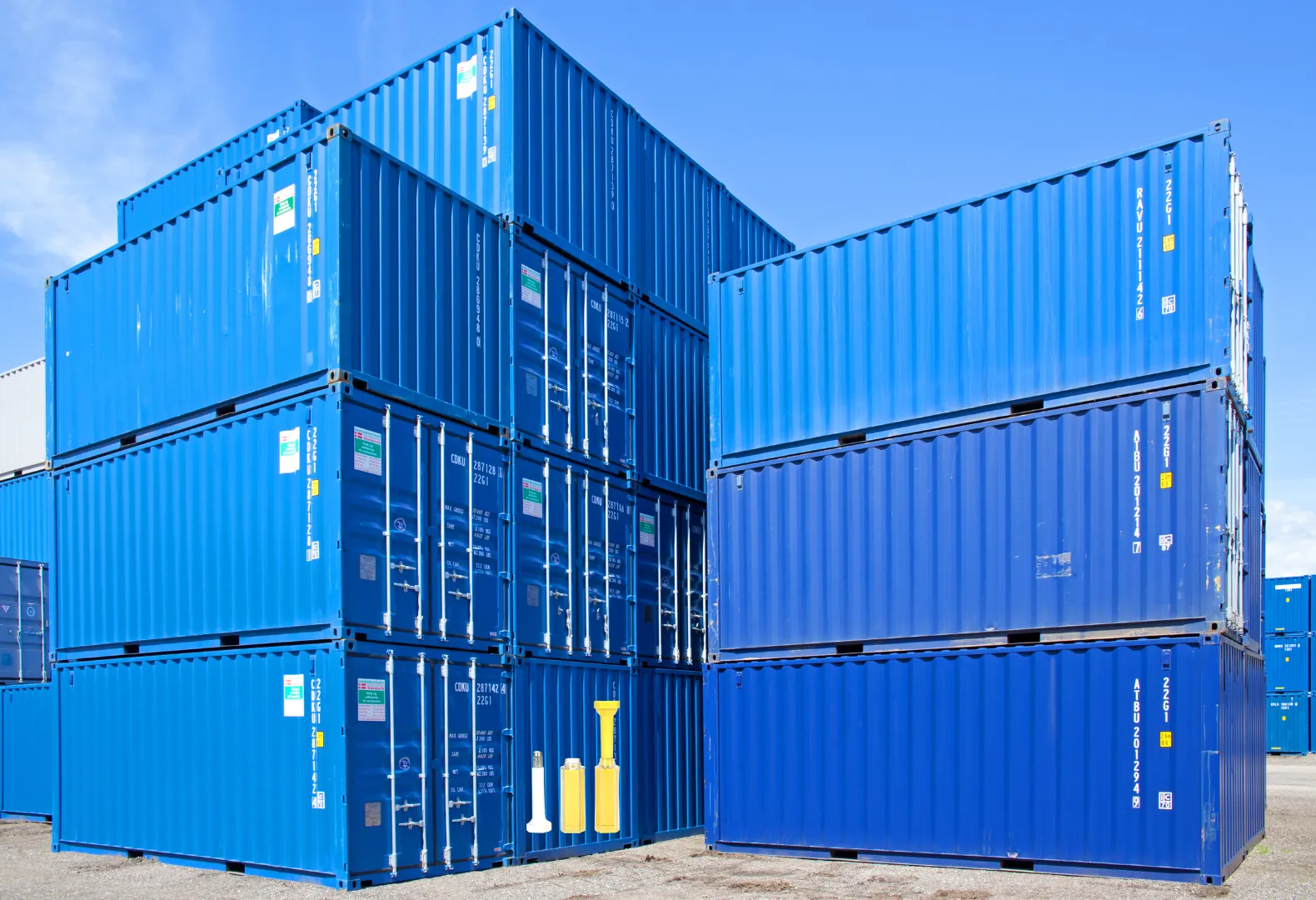
What are Bolt Seals and their Applications? | Complete Guide
In global trade and logistics, bolt seals play a crucial role in ensuring cargo security and compliance. These small but powerful devices are designed to lock shipping containers, trailers, and cargo doors with a tamper-evident mechanism.

What is an RFID Card Protector? Benefits, Use Cases, and Buying Guide
RFID technology (Radio Frequency Identification) is everywhere: in your credit cards, ID badges, transit passes, hotel room keys, and more. It offers speed and convenience, but it also opens the door to a new kind of digital theft called “skimming.” That’s where an RFID card protector comes in.

RFID Wristbands for Events: Bulk Buying Guide for Organizers
RFID wristbands for events are becoming the go-to solution for organizers who need faster entry, fraud prevention, and cashless payments at concerts, festivals, and sports venues. Unlike paper tickets or QR codes, these smart wristbands use embedded chips to streamline access, secure transactions, and improve the guest experience.

How RFID Tag on Windscreen Improves Vehicle Access Control and Toll Systems
In today’s fast-paced world, vehicle identification needs to be quick, secure, and contactless. An RFID Tag on the Windscreen provides exactly that — a reliable way to manage toll collection, parking, and gated access without stopping vehicles.

The Benefits of RFID Linen Tags in Commercial Laundry
Managing laundry in hospitals, hotels, or large laundry services is a big job. Each day, thousands of sheets, towels, and uniforms are washed, sorted, and sent back out. But problems like lost linens, sorting mistakes, and manual counting can cost companies a lot of money. For example, mid-sized hotels can lose over $200,000 each year from missing linens.
That’s where RFID Linen Tags come in.
Tags
RELATED BLOGS

What Is RFID Waste Management
Imagine a city where every trash bin speaks — not literally — but through a tiny chip that tells the system when it’s full, when it’s emptied, and where it went. That’s what RFID waste management is doing today.

What are Bolt Seals and their Applications? | Complete Guide
In global trade and logistics, bolt seals play a crucial role in ensuring cargo security and compliance. These small but powerful devices are designed to lock shipping containers, trailers, and cargo doors with a tamper-evident mechanism.

What is an RFID Card Protector? Benefits, Use Cases, and Buying Guide
RFID technology (Radio Frequency Identification) is everywhere: in your credit cards, ID badges, transit passes, hotel room keys, and more. It offers speed and convenience, but it also opens the door to a new kind of digital theft called “skimming.” That’s where an RFID card protector comes in.

